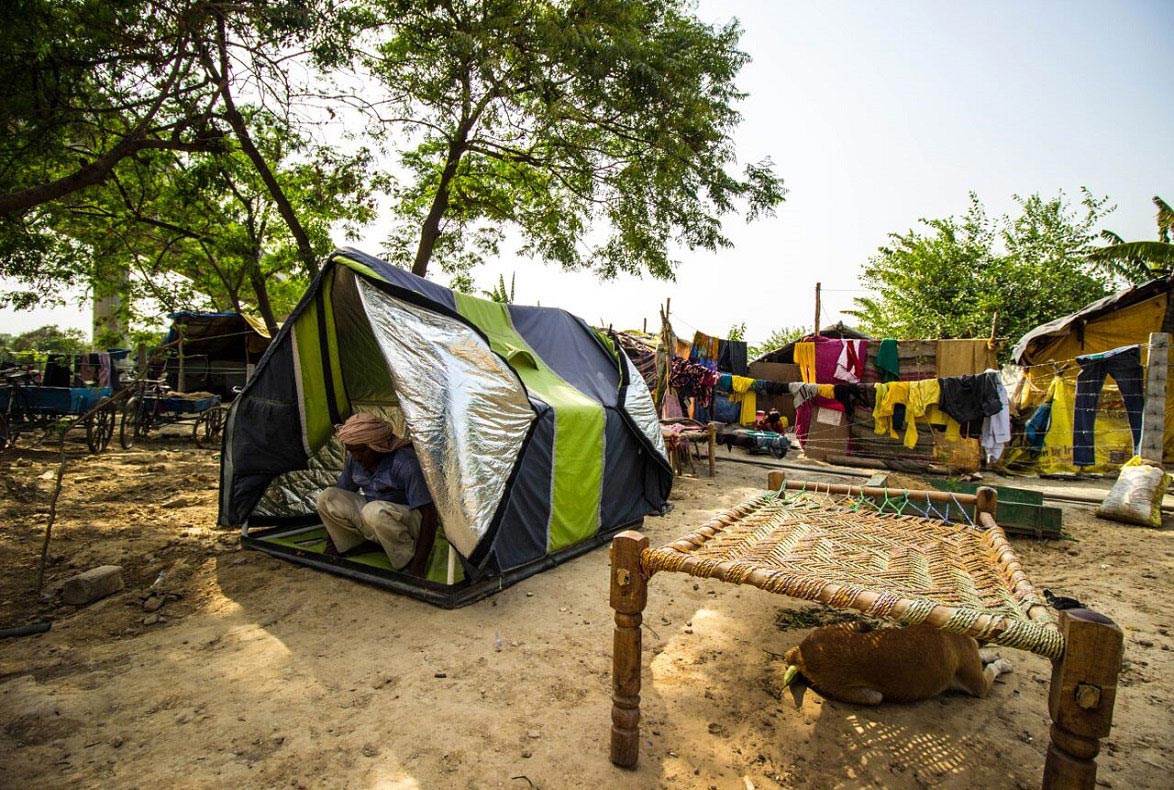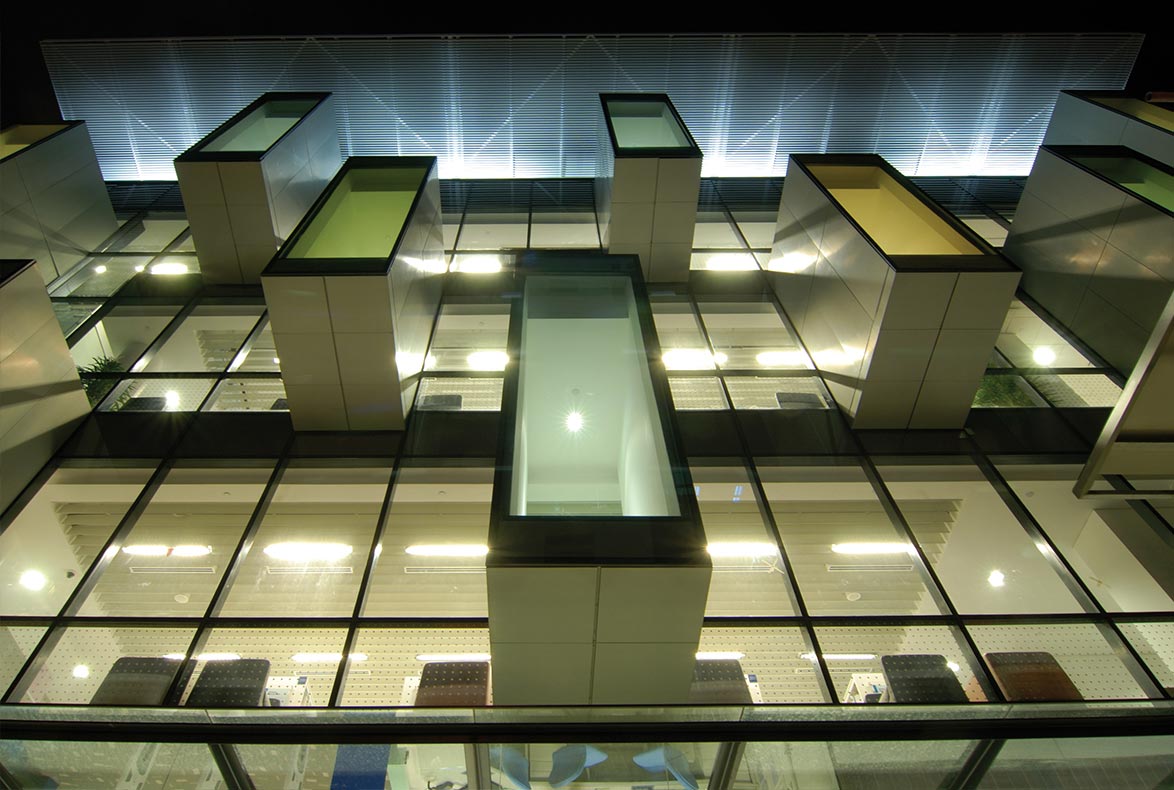
DESIGNER OF THE YEAR 2007
Mok Wei Wei
W Architects Pte Ltd, Singapore
CONTACT
[email protected]
Mok Wei Wei graduated with a Bachelor of Architecture (Honours) in 1982 from the National University of Singapore. He is presently Managing Director of W Architects Pte Ltd, a practice known for its innovative and contemporary architecture. Mok’s numerous architectural projects have received critical acclaim both locally and internationally. His works are featured in numerous regional and international publications. Lauded in the world’s list of Top 100 architects, W Architects was featured in the “10 x 10_2” publication by renowned international visual arts publisher Phaidon Press, which showcased 100 of the most exceptional architects in the world.
With award-winning projects such as The Loft Condominium at Nassim Hill, the Morley Road House, 33 Robin, Paterson Edge, it is no wonder that author and former Assistant Professor at the National University of Singapore, Robert Powell had referredto Mok as ‘one of Singapore’s foremost exponents of Contemporary Modernism’.
Mok’s innate understanding of local heritage and Chinese tradition fuses seamlessly with modern day urban sensibility. Tan Kay Ngee of Kay Ngee Tan Architects agrees, “I particularly like one of his houses (Morley Road House). Although expressed in a Modern vernacular, it has drawn sources from the traditional dwelling in Suzhou, China, cleverly fusing the internal and external spaces whilst introducing ventilation to the tropical domestic environment at the same time with one masterful gesture. Similarly, the simple forms for his house projects in Beijing are rich and full of subtle plays of the traditional and the new. If built, it will be the most refreshing Contemporary Chinese Architecture to be seen in Asia.”
Mok’s relentless pursuit to find better design solutions and meticulous studio studies had led him to pioneer many ground-breaking projects such as the Singapore National Museum, where he had combined the use of steel, glass and black pigmented concrete, to juxtapose a 120-year old Neo-Palladian and Renaissance style monument that was made from traditional bricks and concrete. The Glass Passage along the museum grounds is one of the world’s largest self-supporting glass structures. Along with the magnificent Glass Rotunda which stands at 16 metres high, this national monument, which re-opened in 2006, is definitely a spectacular building to marvel at and is a testimony to Mok’s ingenuity and innovation.
Despite his busy schedule, Mok is committed to the education of the young minds of Singapore. He has been a part-time tutor at the School of Architecture in National University of Singapore since 1992 and a member of the Advisory Committee in the Temasek Polytechnic School of Design from 1999 to 2003. He was a member of the Scholarship Recommendation Committee of The New Media Arts Fund, National Arts Council from 2001 to 2006 and currently sits on the Urban Redevelopment Authority Scholarship Committee.
Through the course of 25 years, Mok has managed to develop and inject his highly regarded practice with a fresh identity and guide the next generation of young architects. His influence as a role model extends to peers and students. His design studios prove to be highly popular at the National University of Singapore.
Mok’s work was also exhibited in the Singapore Pavilion at the Venice Architectural Biennale in 2005 with an exhibition titled ‘Second Nature’. In 2006, he was invited to exhibit in the prestigious Aedes Gallery in Berlin, which is Europe’s first private architectural gallery that showcases about 20 exhibitions annually.
Mok is actively involved in the Arts scene in Singapore. He was a Board Member of The Substation, an alternative arts group, from1995 to 2004. He was awarded the Japan Chamber of Commerce and Industry’s Singapore Foundation Arts Award in 1996. He is currently on the 2006/2007 Venice Art Biennale Advisory Panel at the Ministry of Information, Communications and the Arts.
To further attest to his outstanding contributions to the Arts, Heritage and Design scene in Singapore, Mok was a Committee Member of the Singapore Heritage Society from 1995–2001, a Board Member of the Preservation of Monuments Board since 1999 and a Council Member of the Chinese Heritage Centre from 2005. He was also appointed as a Member of the Board of Architects, as well as a Member of the Urban Redevelopment Authority Board in 2006.
Insights from the Recipient
It means that one has to constantly innovate because it is a very competitive field. This is particularly so since Singapore’s design industry has generally improved over the years – there is now a greater design awareness. In particular, good design is embraced both as a way of life, and as a business strategy.
To excel as a professional, and to do good design that improves the quality of life.
I would like to see that our design is a product of our unique environment and culture, and that Singapore is regarded as a city that excels in good design.
Citation
Jury Citation
Nominator Citation
TAN KAY NGEE
PRINCIPAL ARCHITECT, AA Dipl RIBA MSIA
KAY NGEE TAN ARCHITECTS
Wei Wei’s body of work is characterised by thoughtfulness, introspection and precise articulation. Drawing from his Chinese roots, Wei Wei extracts the spatial qualities of traditional courtyards to arrive at contemporary solutions, emphasising place-making over stylistic moves.
His sensitive approach to architecture and urban design is all the more remarkable as it is coupled with a directness and certainty in execution. Whether designing a poetic sequence of spaces within a family house, or making a bold incision into a monument to reveal the National Museum dome, Wei Wei’s designs prove to be radical and contextual simultaneously.
Wei Wei is an architect with integrity and there is a certain inevitability in the way his design decisions transpire. He builds with a clear sense of purpose, knowing what he wants the architecture to be and why. This talent extends to his technical grasp and the ability to put together finely detailed buildings such as his 33 Robin Apartment building, which stands out not only in terms of its quality design, but also clearly demonstrates that ‘quality sells’.
Through the course of 25 years, Wei Wei has managed to develop and inject his highly regarded practice with a fresh identity and guide the next generation of young architects.
Wei Wei’s practice has established a clear identity, growing in ambition to design and build more larger-scale projects, while maintaining rigorous discipline in its execution.
Mok Wei Wei is one of the few local talents we have been watching. His works have been gathering momentum and getting more sophisticated over the years.
He has never taken the easy way out in his design approach to architecture, nor did he simply adopt the overpowering language that started in the firm by his ex-partner who has since retired, Mr. William Lim.
Every design problem is being looked at in an all rounded way, and he is one who is known for making the studio study the same façade 20, if not 30 times by making different models to fine-tune the proportion, the scale and the composition.
The act of ‘fine-tuning’ is something that reveals itself gradually when one approaches the design of Wei Wei. The elegant architectural solutions usually look so at ease with its environment that one tends to forget the hard work that has been put into it.
Perhaps it has to do with the musical training and background that Wei Wei was brought up in as a child. His works often carry the sense of pace and rhythm that is subtle to detect, but is somehow able to communicate with the spectators instantly on a different dimension – a rare achievement of the highest kind that can hardly be found amongst the contemporary architectural works in this region.
In a quiet way, his works break ground but if one pays more attention to the reference that his design projects address, one can see the deviations done intelligently. I particularly like one of his houses (Morley Road House). Although expressed in a Modern vernacular, it has drawn sources from the traditional dwelling in Suzhou, China, cleverly fusing the internal and external spaces whilst introducing ventilation to the tropical domestic environment at the same time with one masterful gesture.
Similarly, the simple forms for his house projects in Beijing are rich and full of subtle plays of the traditional and the new. If built, it will be the most refreshing Contemporary Chinese Architecture to be seen in Asia.
Wei Wei is known in both Asia and abroad and his design works, especially in the high-rise apartments, have been winning awards in recent years for their innovation.
I would like to strongly recommend Wei Wei to be the ‘Designer of the Year’, whose outstanding approach to Architecture well deserves this recognition, and will set a high standard for the Awards for many years to come.











